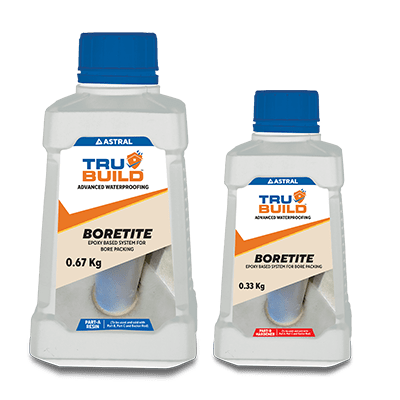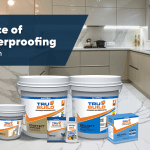How to Choose the Right Waterproofing Method for Your Water Tank?
Aug 8, 2024
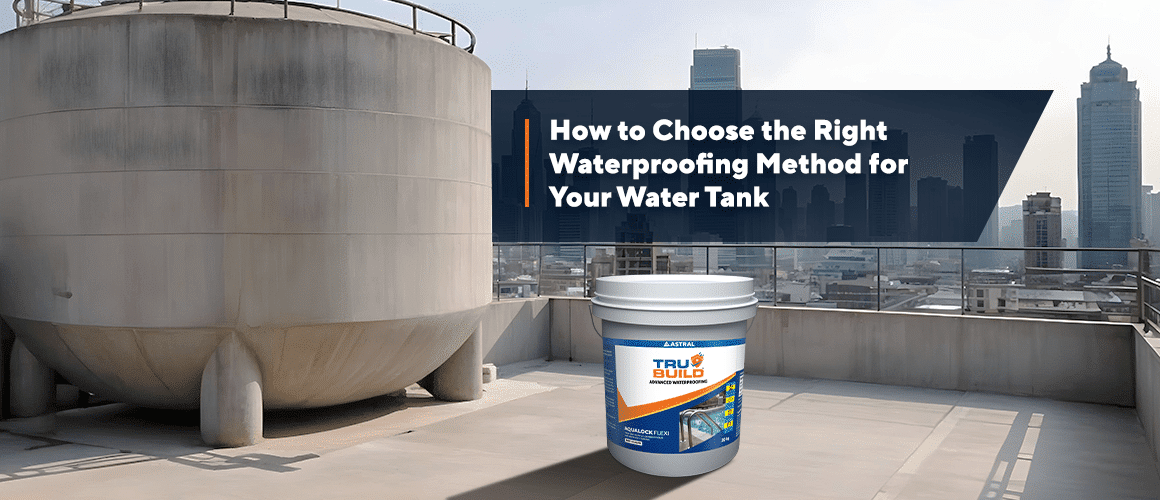
Water tanks are designed to be inherently waterproof, serving as reservoirs of water that are safe to use in our homes and offices. However, even the most robust tanks can develop leaks over time due to wear and tear. This can lead to significant issues, from contaminated water supplies to costly repairs. That is why proper waterproofing is essential, regardless of tank size or material, to ensure a reliable water source.
Water tank waterproofing is applying a protective layer or treatment to your tank to prevent leaks, preserve its structural integrity, and keep contaminants at bay.
There are various methods for waterproofing water tanks, from cementitious waterproofing coating to liquid membranes.
Understanding Your Water Tank
First, take a closer look at the material of the tank; it could be concrete, metal, or plastic. Each of these materials has unique characteristics and needs a specific waterproofing approach.
The tank’s location also is a key factor. Underground tanks face different challenges than overhead tanks. For example, underground tanks might deal with groundwater pressure, while overhead tanks are exposed to weather conditions.
Assessing the Environment
Consider the climate and soil conditions in your area. Areas with high groundwater pressure, frequent temperature swings, or extremely humid conditions might need more robust waterproofing solutions. Look for cracks, leaks, or signs of wear and tear as they need special attention.
Common Waterproofing Methods
Common Waterproofing Methods
Knowing the most common waterproofing methods is the key to understanding their suitability for your tank.
- Cementitious Waterproofing: This method involves applying a cement-based coating to the tank’s surface. It is cost-effective and the best waterproofing for concrete water tanks. However, it may be less flexible and prone to cracking in certain conditions.
- Liquid Membrane Waterproofing: This method can be used on concrete, metal, and plastic tanks. The liquid membrane forms a seamless, flexible barrier to protect against water ingress and contamination.
- Crystalline Waterproofing: This method uses special chemicals that react with the concrete to form water-resistant crystals. This effectively seals hairline cracks and prevents water ingress for long-lasting protection.
- Bituminous Waterproofing: This method involves applying a thick, tar-like coating to the tank’s surface. Bituminous waterproofing is highly resistant to water and can withstand high groundwater pressure.
Choosing the Right Method for Your Tank
Now that you better understand the different waterproofing methods, it is time to choose the right one for your tank.
- Match Material and Method: Select a waterproofing method that is compatible with your tank’s material. Concrete tanks benefit from cementitious or crystalline waterproofing, while metal tanks may require epoxy coatings.
- Consider Climate and Environment: Choose a method that can withstand the specific environmental challenges for the tank. Water tanks in high groundwater pressure areas may need a robust solution like sheet membranes.
- Seek Professional Advice: If you are unsure about which waterproofing method to choose, consult with a professional during construction or when renovating it.
A certified expert from Astral Trubuild can guide you through the process and help you make an informed decision based on your specific requirements.
Astral Trubuild Water Tank Waterproofing Solutions
At Astral Trubuild, we understand the importance of safeguarding your water tanks. That is why we offer high-performance solutions like our Trubuild Aqualock Flexi and Trubuild Aqualock waterproofing solutions. These specialised coatings create a flexible, seamless barrier to shield your tanks from leaks, corrosion, and contamination.
With Astral Trubuild’s innovative solutions, you take the first step towards a healthier, more efficient water storage system and invest in the right waterproofing method for your water tanks.
So, do not wait for a drip to become a flood or a small crack to turn into a big problem. Give your water tank the protection it deserves. To learn more about water tank waterproofing and its importance, read our blog on How Water Tank Waterproofing Can Ensure a Safe and Clean Storage?


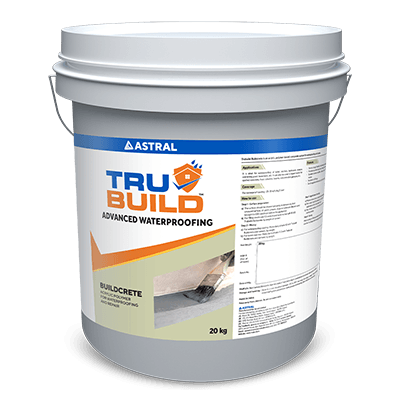
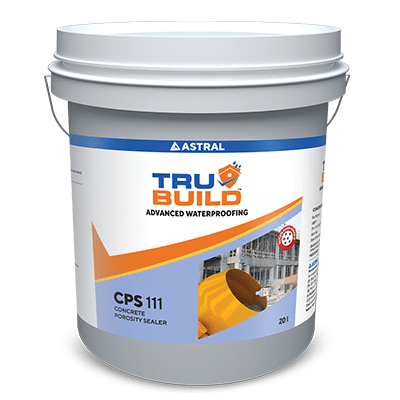
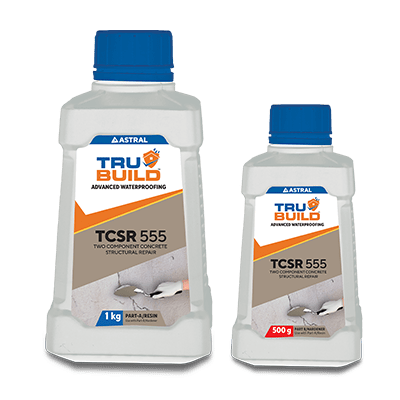


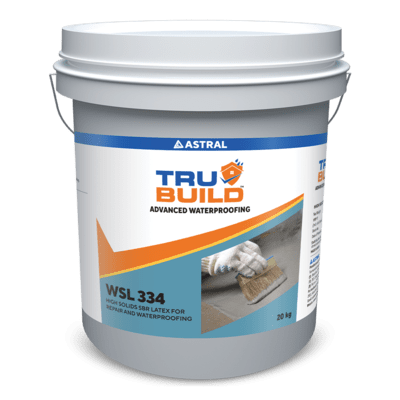
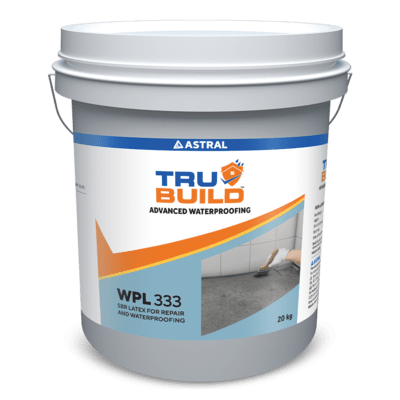
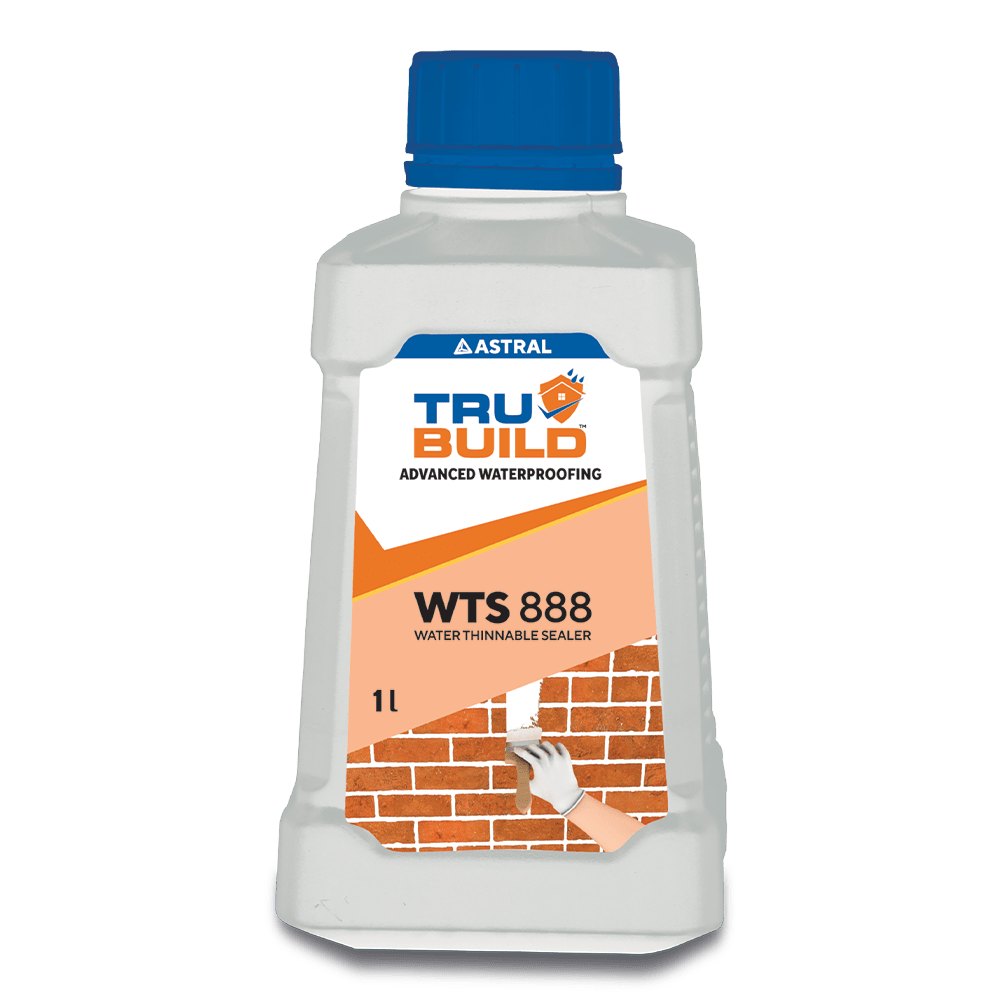



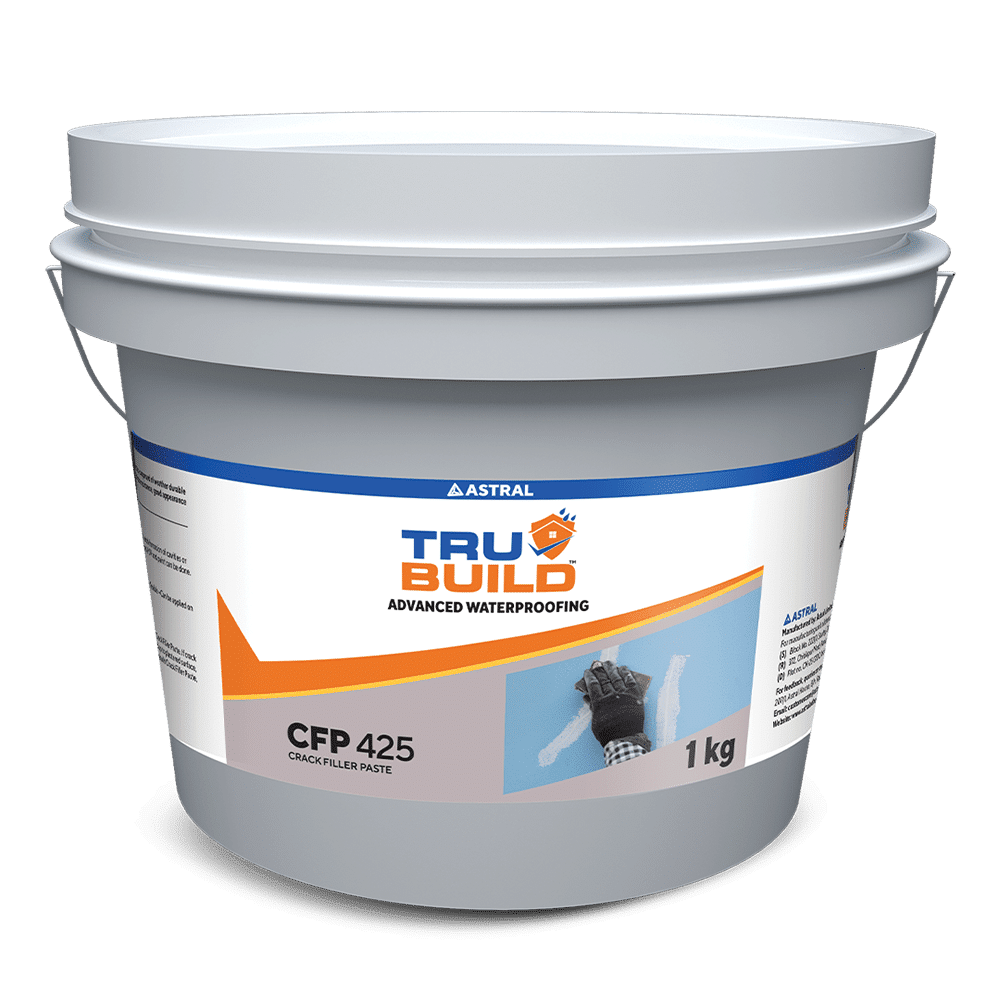




 Professional Sealants
Professional Sealants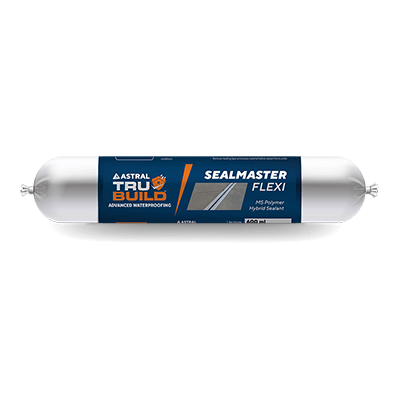
 Roof Waterproofing
Roof Waterproofing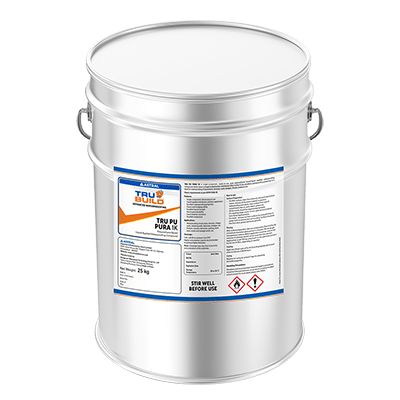
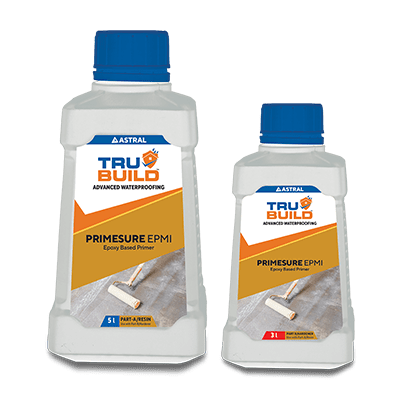



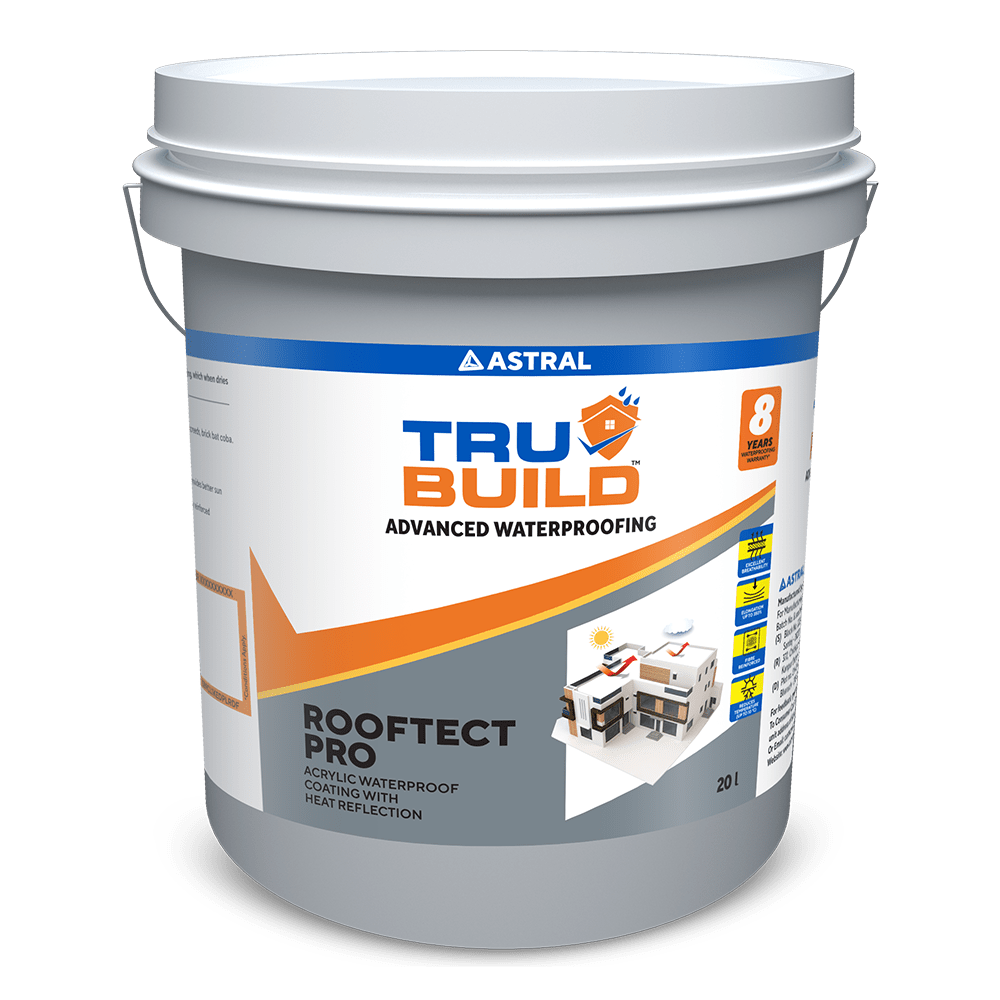
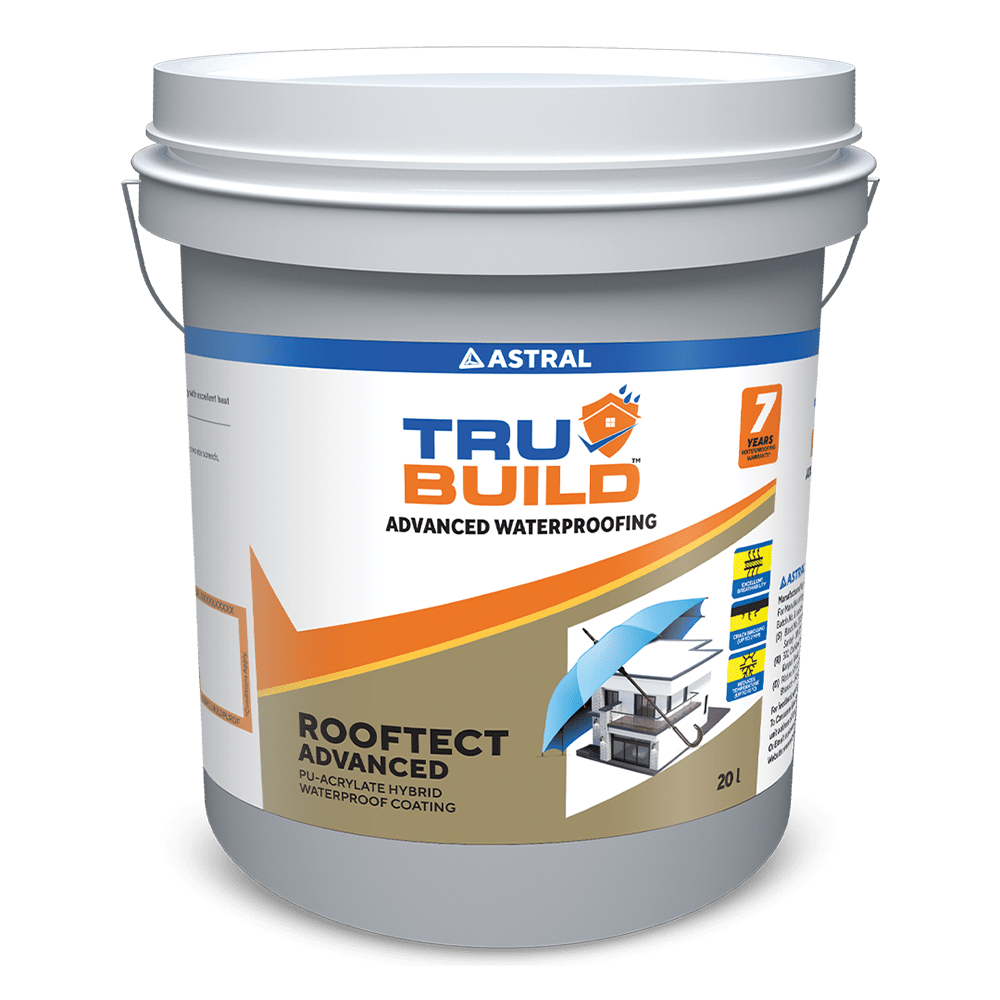
 Substructure Waterproofing
Substructure Waterproofing Tiling and Grouting
Tiling and Grouting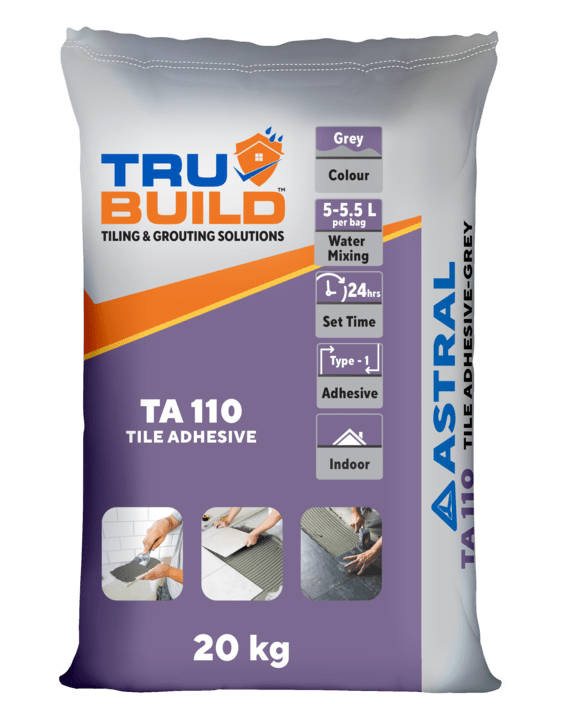
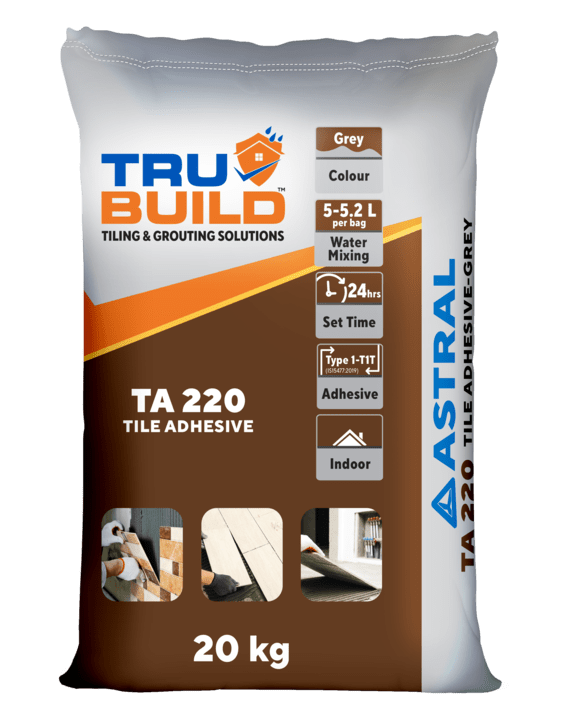
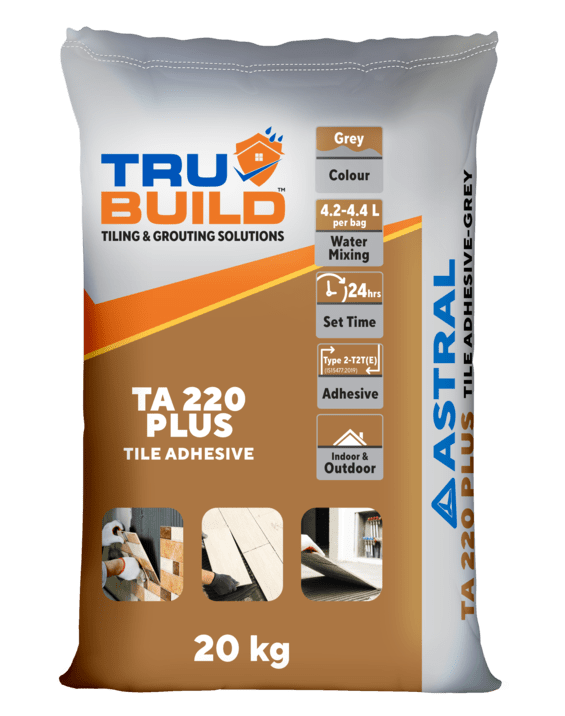
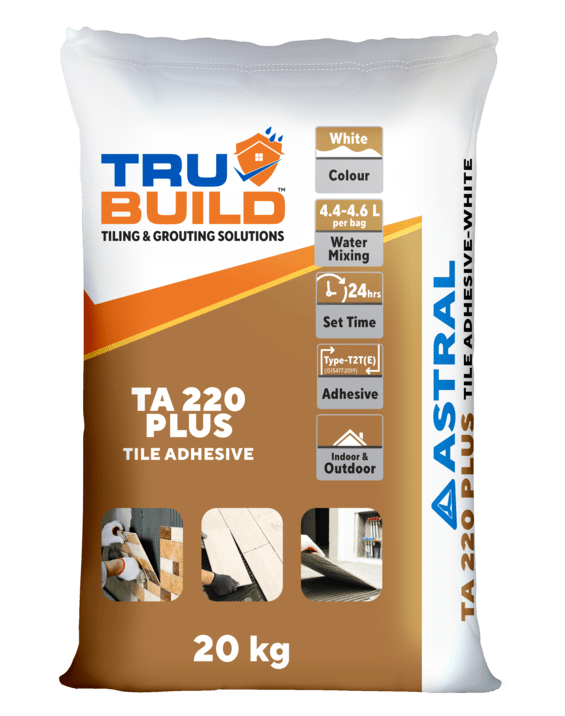
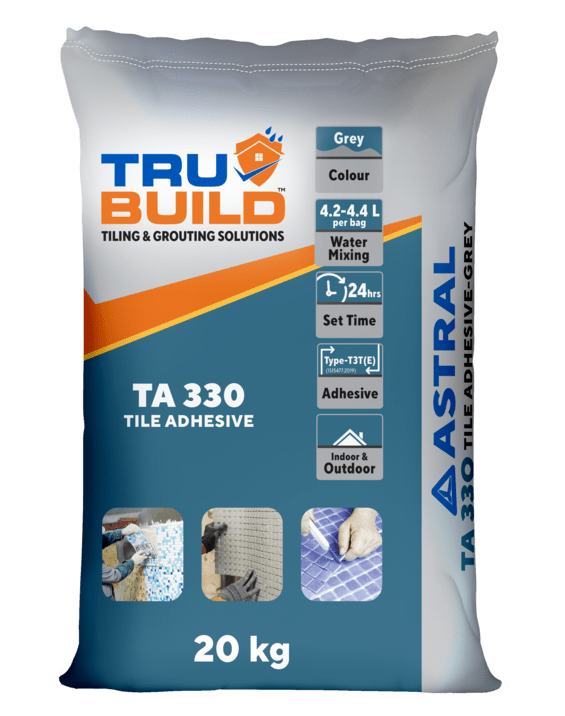
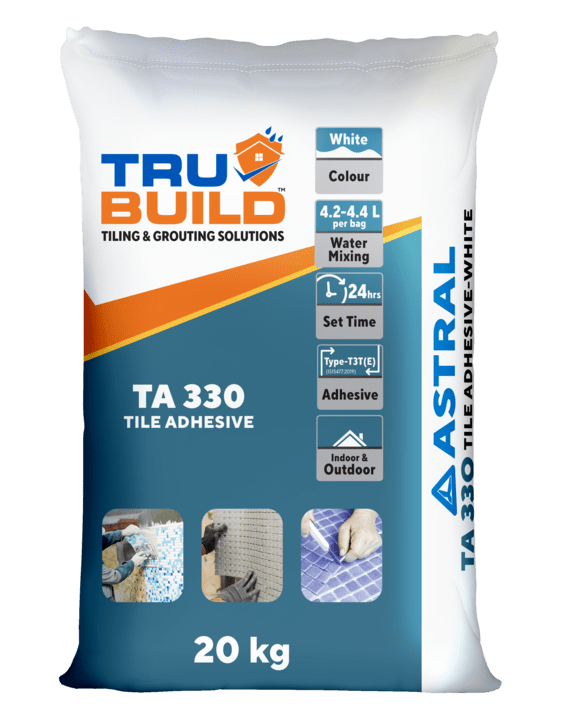
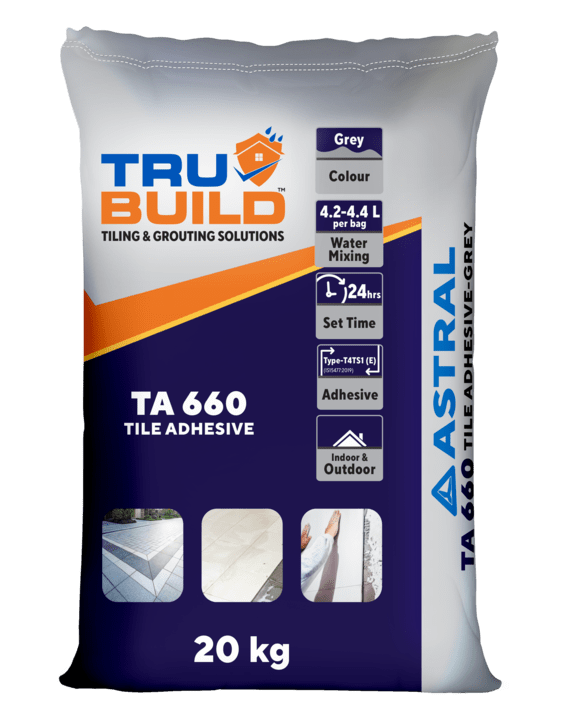
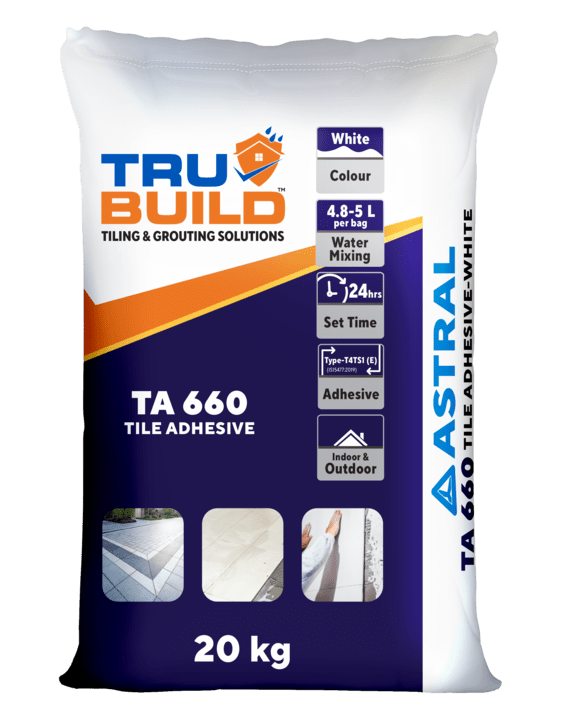


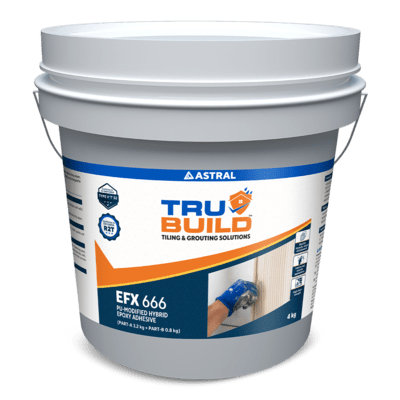
 Water Tanks and Other Areas
Water Tanks and Other Areas